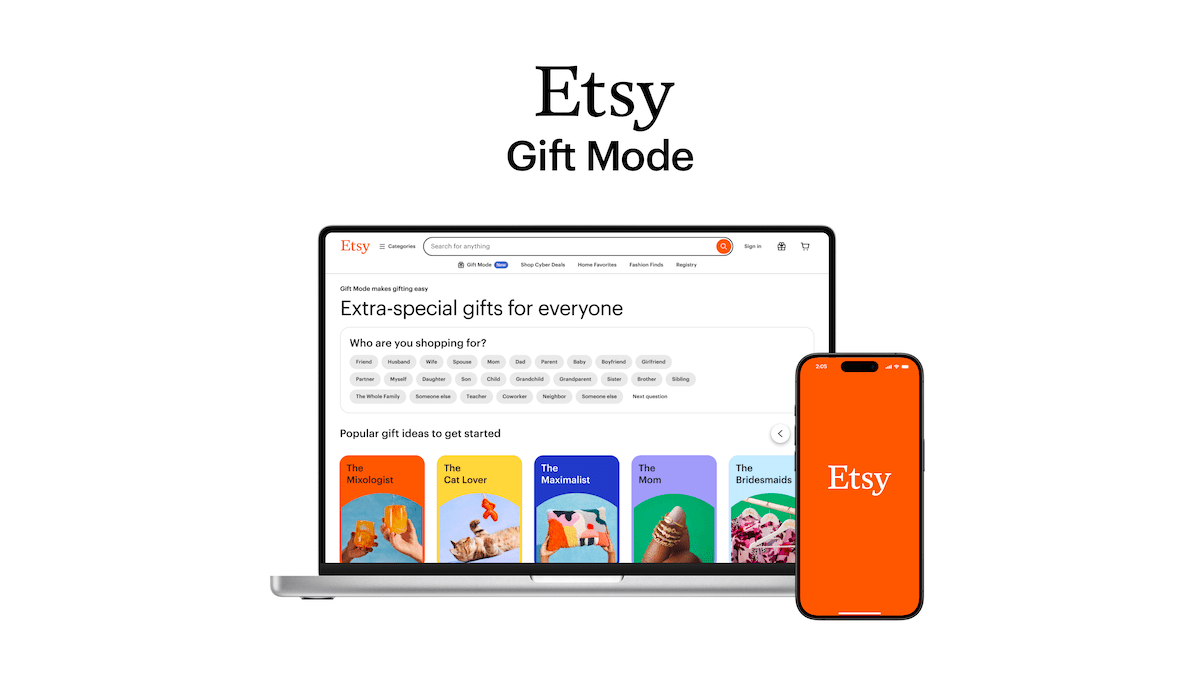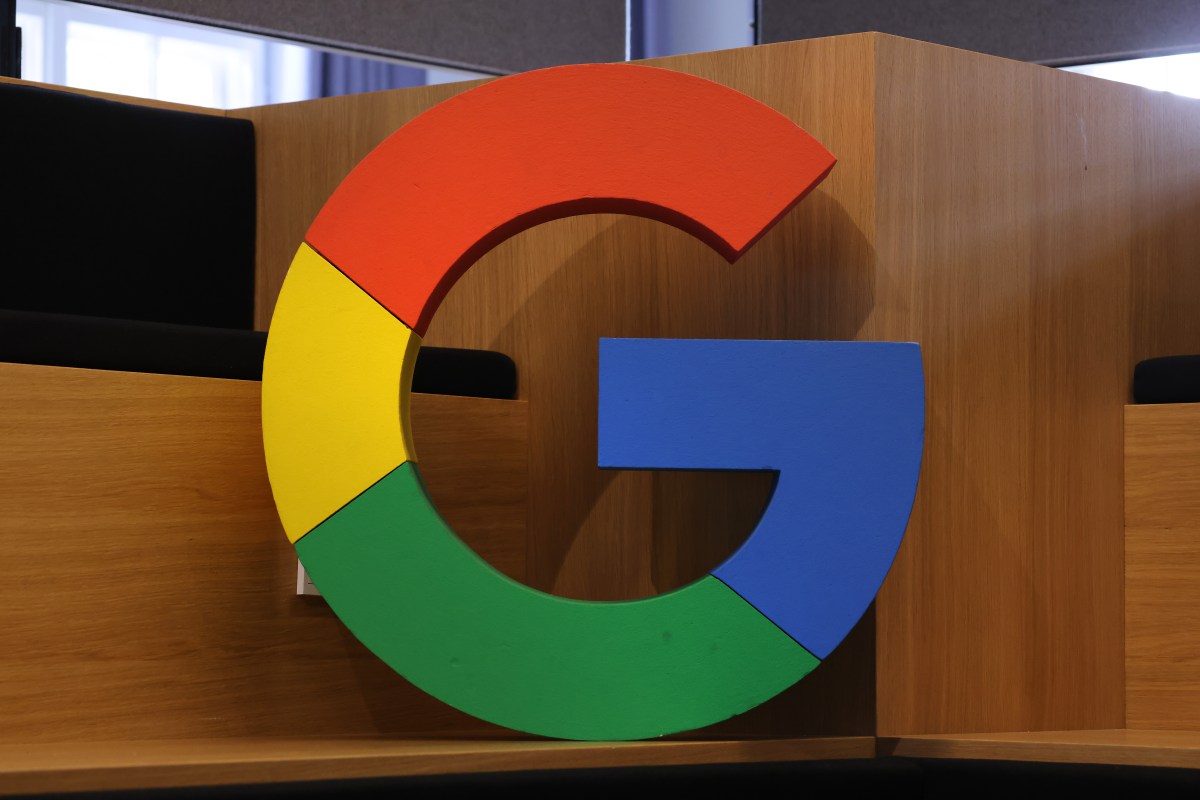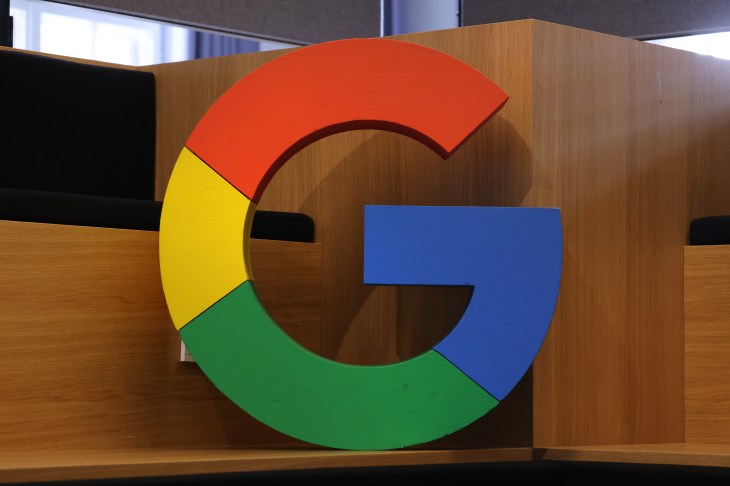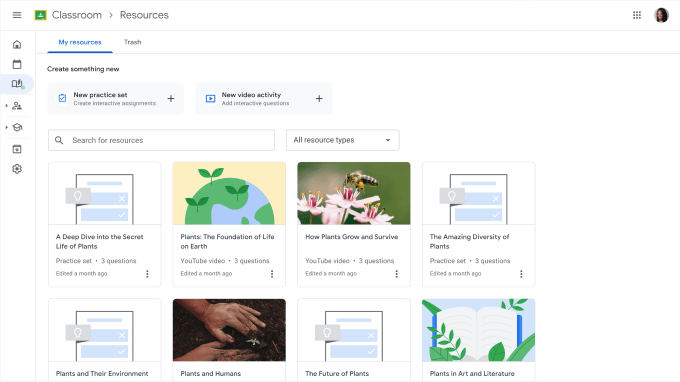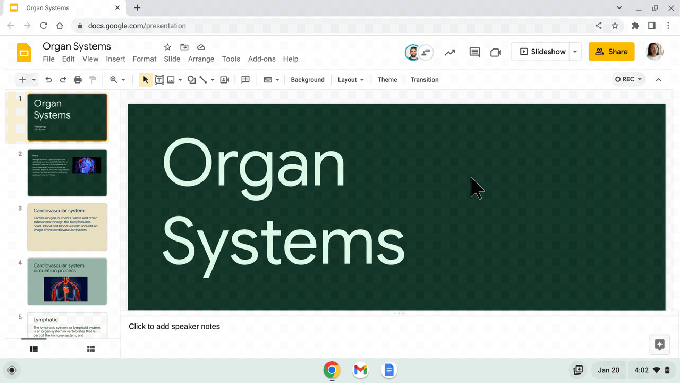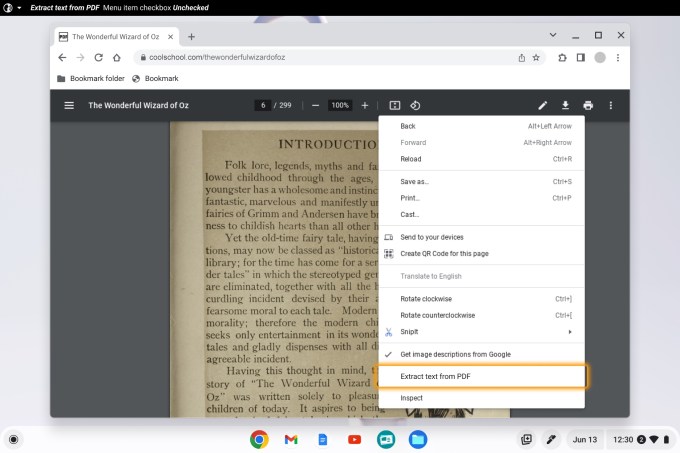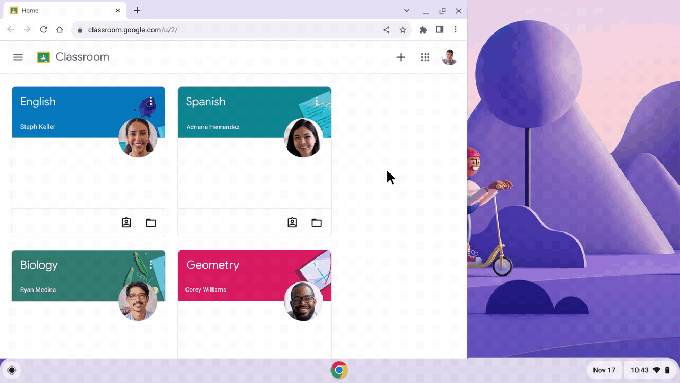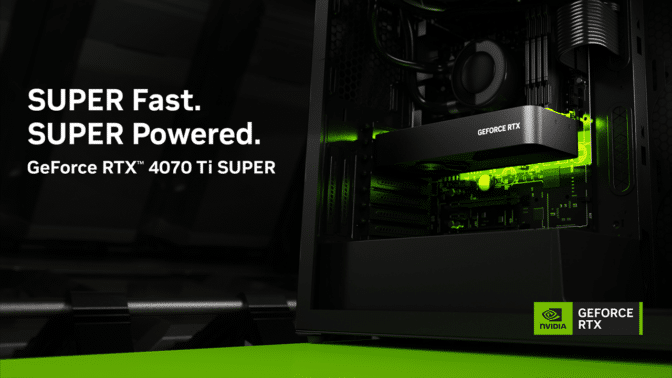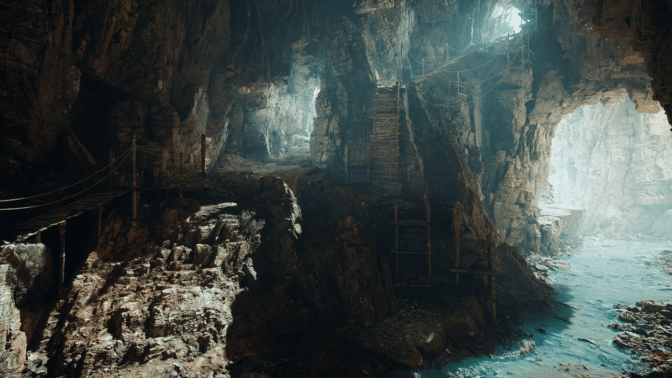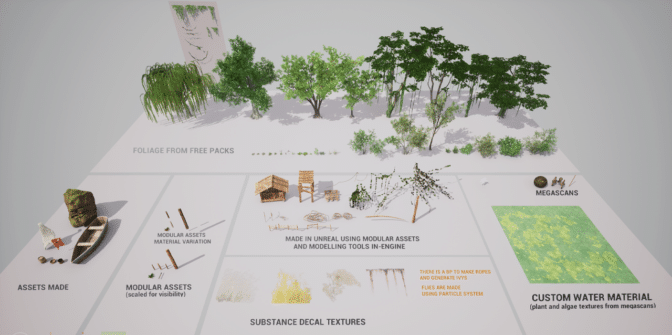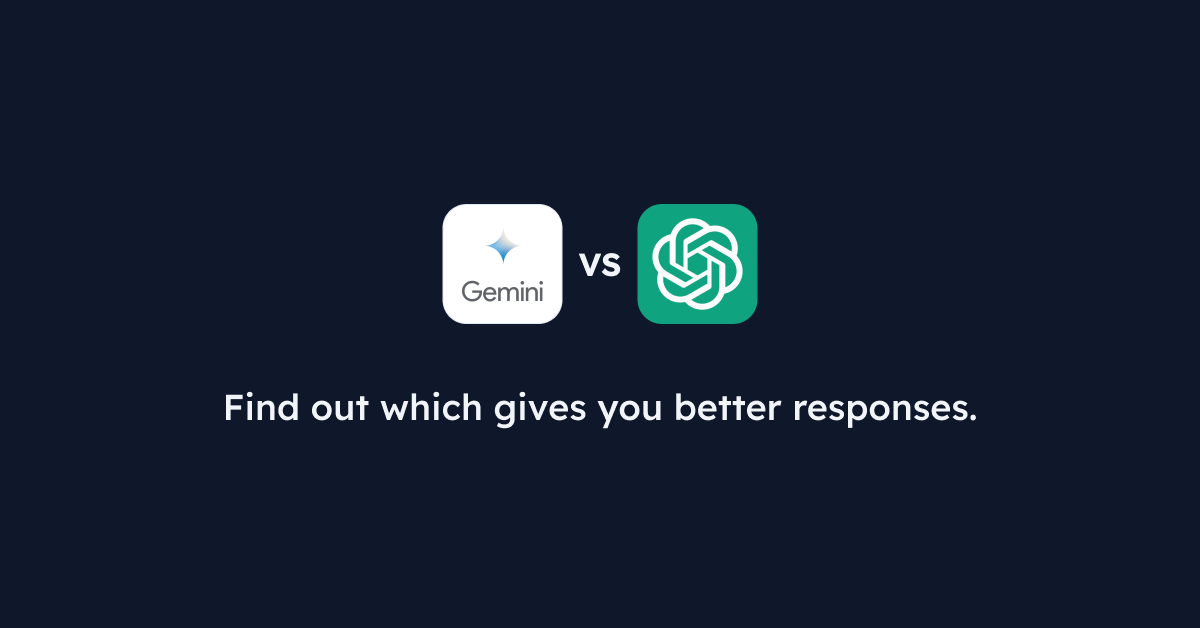OpenAI suspends bot developer for presidential hopeful Dean Phillips
It’s the ChatGPT maker’s first known action against the use of its technology in a political campaign
By Elizabeth DwoskinUpdated January 22, 2024 at 6:11 p.m. EST|Published January 20, 2024 at 5:33 p.m. EST

Rep. Dean Phillips (D-Minn.), right, on Thursday in Hanover, N.H. (Matt McClain/The Washington Post)
The artificial intelligence company OpenAI banned the developer of a bot mimicking long shot Democratic presidential hopeful Rep. Dean Phillips — the first action that the maker of ChatGPT has taken in response to what it sees as a misuse of its AI tools in a political campaign.
Dean. Bot was the brainchild of Silicon Valley entrepreneurs Matt Krisiloff and Jed Somers, who had started a super PAC supporting Phillips (Minn.) ahead of the New Hampshire primary on Tuesday. The PAC had received $1 million from hedge fund manager Bill Ackman, the billionaire activist who led the charge to oust Harvard University president Claudine Gay.
The bot was powered by OpenAI’s ChatGPT conversational software, which the company has made available to outside developers.
The super PAC, called We Deserve Better, had contracted with AI start-up Delphi to build the bot. OpenAI suspended Delphi’s account late Friday in response to a Washington Post story on the SuperPAC, noting that OpenAI’s rules ban the use of its technology in political campaigns. Delphi took down Dean. Bot after the account suspension.
“Anyone who builds with our tools must follow our usage policies,” OpenAI spokeswoman Lindsey Held said in a statement. “We recently removed a developer account that was knowingly violating our API usage policies which disallow political campaigning, or impersonating an individual without consent.”
Delphi co-founder Dara Ladjevardian told The Post on Monday that the company “incorrectly” believed that OpenAI’s terms of service would let “a political action committee that supports Dean Phillips create a clone of him using our platform.”
The start-up “did not understand that … [the super PAC] may not and did not coordinate with or seek permission from candidates they are supporting,” Ladjevardian said, adding that he had refunded the super PAC and updated the company’s terms of service to ban engagement with political campaigns.
Dean. Bot, which could converse with voters in real-time through a website, was an early use of an emerging technology that researchers have said could cause significant harm to elections.
The bot included a disclaimer explaining that it was an AI tool and not the real Dean Phillips, and required that voters consent to its use. But researchers told The Post that such technologies could lull people into accepting a dangerous tool, even when disclaimers are in place.
Proponents, including We Deserve Better, argue that the bots, when used appropriately, can educate voters by giving them an entertaining way to learn more about a candidate.
Without disclaimers, experts have said, the technologies could enable mass robocalls to voters who think they’re talking to actual candidates or supporters. AI systems can also produce disinformation in ads or content, such as fake websites, at scale.
OpenAI won't let politicians use its tech for campaigning
After The Post asked We Deserve Better about OpenAI’s prohibitions on Thursday, Krisiloff said he had asked Delphi to remove ChatGPT from the bot and instead rely on open source technologies that also offer conversational capabilities that had gone into the bot’s design.
The bot remained available to the public without ChatGPT until late Friday, when Delphi took the bot down in response to the suspension, Krisiloff said.
Krisiloff did not have further comment. Delphi did not immediately respond to a request for comment.
Krisiloff is a former chief of staff to OpenAI CEO Sam Altman. Altman has met with Phillips but has no involvement in the super PAC, Krisiloff said.


